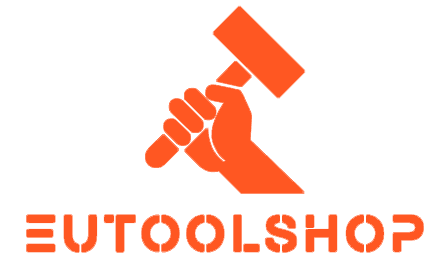Suction cup lifters (or vacuum lifters) compare favorably to other lifting equipment in efficiency and cost, though trade-offs exist depending on the application. Here’s a breakdown based on the provided sources:

Efficiency
Speed and Precision:
- Vacuum lifters outperform manual lifting by enabling faster, more precise handling of materials like glass or metal panels, reducing labor and downtime .
- Automated vacuum suction cup cranes streamline workflows, offering “fast, safe, and convenient” operation compared to traditional tools .
Safety and Handling:
- Vacuum lifters provide audible and visual safety alerts (e.g., pressure loss warnings), reducing accidents and improving reliability compared to other lifting mechanisms .
- They can lift, rotate, and position heavy or fragile materials (e.g., insulated metal panels) without damaging surfaces, which is critical for delicate applications .
Adaptability:
- While vacuum lifters excel in handling smooth, non-porous surfaces, tube lifters are noted for versatility in confined spaces and lower maintenance needs .
Cost
Initial Investment:
- Suction cup lifters (e.g., Grabo models) often have higher upfront costs than manual tools or basic mechanical lifts .
Long-Term Savings:
- Their durability (dependent on suction cup design, e.g., lip thickness) and reduced labor needs lower operational costs over time .
- Pneumatic systems using compressed air are more efficient than manual lifting, minimizing workforce strain and repetitive injury risks .
Maintenance:
- Vacuum lifters require periodic checks of seals and pumps, but tube lifters are highlighted for reduced maintenance compared to vacuum systems .
Key Trade-offs
- Surface Limitations: Vacuum lifters require non-porous, smooth surfaces to function, whereas mechanical grippers or slings can handle rough or porous materials .
- Load Capacity: For extremely heavy or irregularly shaped loads, traditional cranes or hydraulic systems might offer greater flexibility .
In summary, suction cup lifters prioritize efficiency and safety for specialized tasks (e.g., glass, panels) but may incur higher initial costs. Their long-term cost-effectiveness depends on application-specific factors like material type and workflow demands .

